Quantity Vs. Quality of Sunlight
saoodhashim
10 years ago
Related Stories
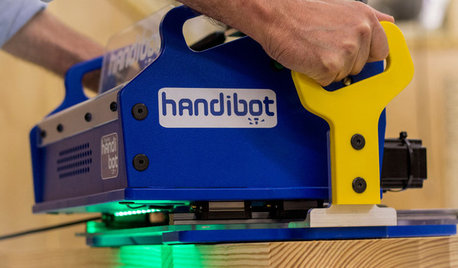
HOME TECHPro-Quality Manufacturing at Home? There's an App for That
Take your home workshop into the future of design with 3D printers and app-driven tools
Full Story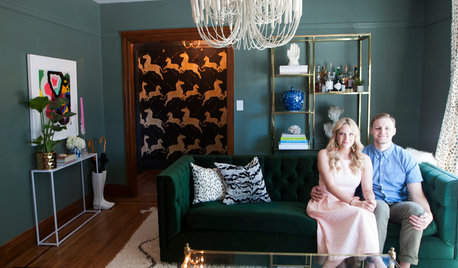
FURNITUREHolding Out for Quality
Cheap furniture has its place, but more shoppers are waiting to invest for the long haul
Full Story
MOVINGHome-Buying Checklist: 20 Things to Consider Beyond the Inspection
Quality of life is just as important as construction quality. Learn what to look for at open houses to ensure comfort in your new home
Full Story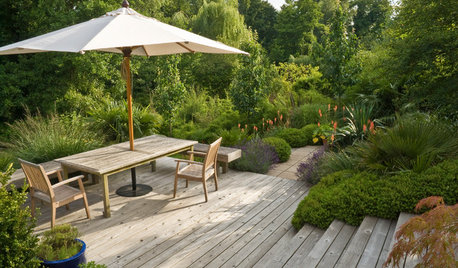
LANDSCAPE DESIGNHow to Create Atmosphere in the Garden With Light and Shadow
There’s so much we can achieve by harnessing the natural elements around us. Here’s how to use sunlight beautifully
Full Story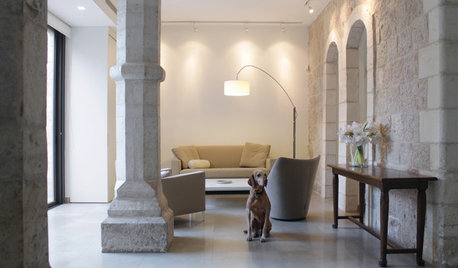
CONTEMPORARY HOMESMy Houzz: Light and Serenity Fill an 1890 Home
Remodeling enhances a Jerusalem home’s architecture while bringing in more sunlight and a peaceful vibe
Full Story
WINDOW TREATMENTSA Surefire Way to Prevent Sun Damage Indoors
Why let light ruin your furniture, floors and artwork, when the solution could be as simple as applying high-quality window film?
Full Story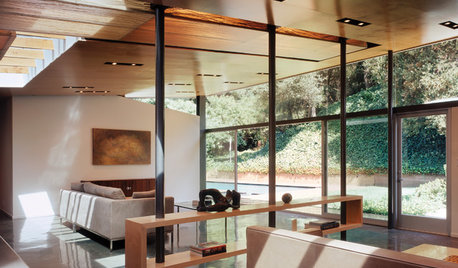
GREEN BUILDINGLook to the Sun for More of Your Home's Lighting
Manage sunlight with design-savvy windows, solar tubes and skylights to save energy and show your home's beauty
Full Story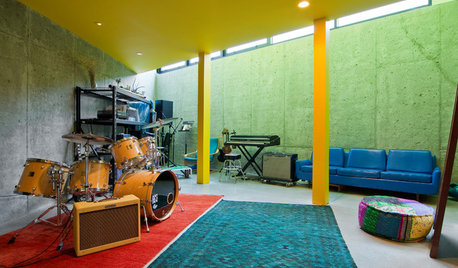
HOUZZ TOURSMy Houzz: Color This Utah Home Terrific
Candy-colored walls lit up by sunlight and a streamlined, open layout make a family’s new house one of a kind
Full Story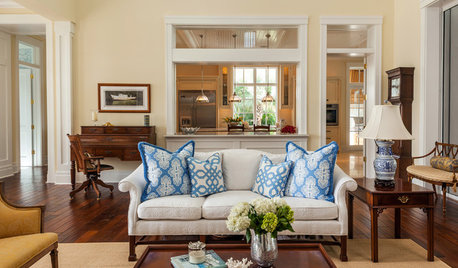
COLORThe Best White and Pastel Colors for Every Kind of Natural Light
Understand how sunlight affects your rooms and get tips on choosing paint colors for each type of exposure
Full Story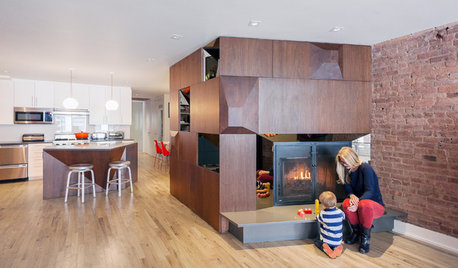
ARCHITECTUREIn the Details: A Storage ‘Jewel Box’ Lights a Manhattan Loft
Mirrored shelves bounce sunlight into an apartment’s formerly dark core, while a fireplace provides nighttime glow
Full StorySponsored
Columbus Area's Luxury Design Build Firm | 17x Best of Houzz Winner!
More Discussions






seysonn
saoodhashimOriginal Author
Related Professionals
Windham Landscape Architects & Landscape Designers · Saint Charles Landscape Architects & Landscape Designers · Saint Louis Park Landscape Architects & Landscape Designers · Aberdeen Landscape Contractors · Cedar Hill Landscape Contractors · Gainesville Landscape Contractors · Homewood Landscape Contractors · Huntley Landscape Contractors · Lorain Landscape Contractors · North Canton Landscape Contractors · South Lake Tahoe Landscape Contractors · University City Landscape Contractors · Lauderdale Lakes Landscape Contractors · Lakeland Driveway Installation & Maintenance · Mount Vernon Driveway Installation & Maintenancepnbrown
seysonn
seysonn
sunnibel7 Md 7
fruitnut Z7 4500ft SW TX
gardenlen
glib
saoodhashimOriginal Author
fruitnut Z7 4500ft SW TX
sunnibel7 Md 7
Gurnoegardens
saoodhashimOriginal Author
fruitnut Z7 4500ft SW TX
Gurnoegardens
saoodhashimOriginal Author
saoodhashimOriginal Author
fusion_power
pnbrown
gardenlen
fruitnut Z7 4500ft SW TX
glib
saoodhashimOriginal Author
fruitnut Z7 4500ft SW TX
glib
pnbrown
glib
pnbrown
glib
pnbrown
saoodhashimOriginal Author
daninthedirt (USDA 9a, HZ9, CentTX, Sunset z30, Cfa)
daninthedirt (USDA 9a, HZ9, CentTX, Sunset z30, Cfa)
seysonn
seysonn
saoodhashimOriginal Author
seysonn
saoodhashimOriginal Author
daninthedirt (USDA 9a, HZ9, CentTX, Sunset z30, Cfa)
saoodhashimOriginal Author
daninthedirt (USDA 9a, HZ9, CentTX, Sunset z30, Cfa)
saoodhashimOriginal Author
daninthedirt (USDA 9a, HZ9, CentTX, Sunset z30, Cfa)